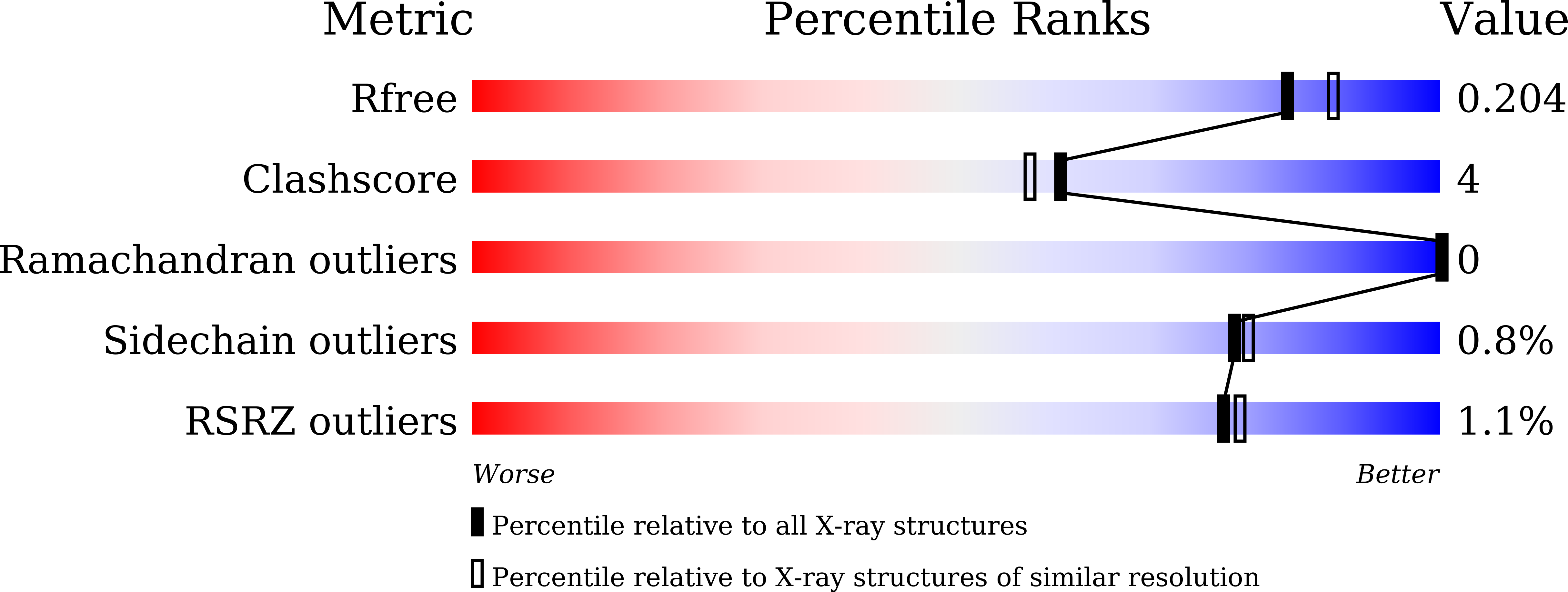
Deposition Date
2024-07-04
Release Date
2025-07-09
Last Version Date
2025-08-06
Entry Detail
PDB ID:
9IMR
Keywords:
Title:
Crystal structure of geranylgeranyl pyrophosphate synthase Rv0562 from Mycobacterium tuberculosis in complex with IPP
Biological Source:
Source Organism:
Mycobacterium tuberculosis H37Rv (Taxon ID: 83332)
Host Organism:
Method Details:
Experimental Method:
Resolution:
1.89 Å
R-Value Free:
0.19
R-Value Work:
0.14
R-Value Observed:
0.14
Space Group:
P 21 21 21


